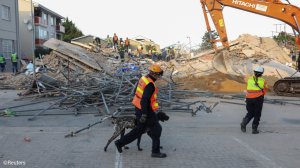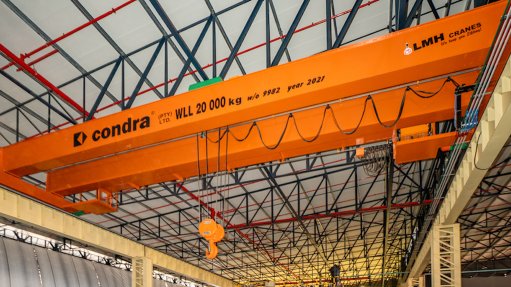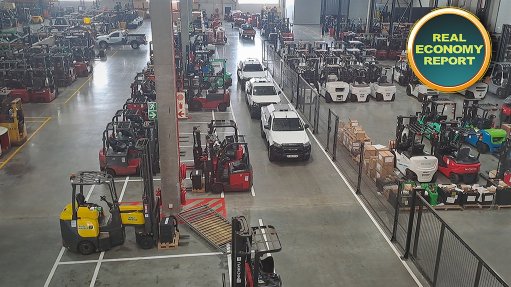Was the George building collapse a warning or an aberration?

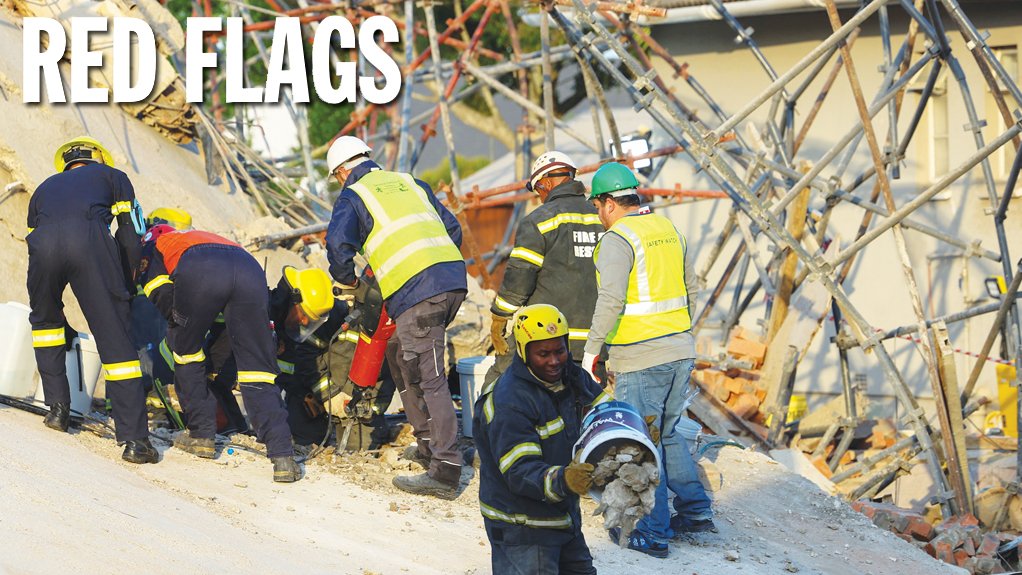

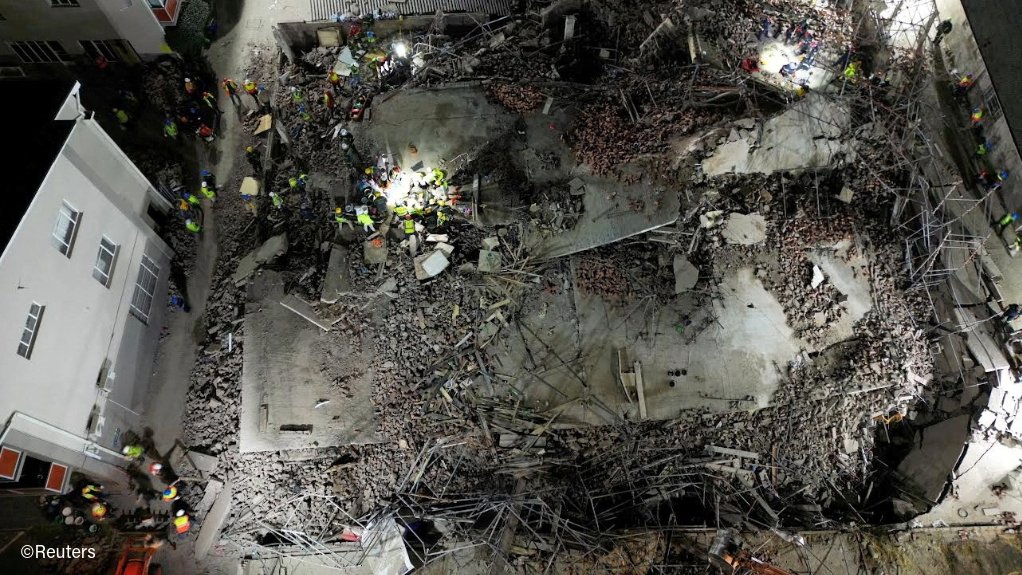

CONSEQUENCES The consequence of failing to meet building standards and regulations is tragic
Photo by Reuters
COLLAPSE Rescue efforts to extract survivors from the debris continued for about a week after the collapse.
Photo by Reuters
Western Cape Property Development Forum chairperson Deon van Zyl
On May 6, 2024, the Neo Victoria project – a residential building that was still under construction in George, in the Western Cape – collapsed without warning, claiming the lives of 34 of the 62 construction workers on site.
Many of the 28 survivors were critically injured. Rescue efforts to extract survivors from the debris continued for about a week after the collapse.
In the aftermath, multiple investigations were initiated to determine the cause of the collapse and hold those responsible accountable. The Department of Employment and Labour took over the site to conduct a formal inquiry, with additional investigations launched by provincial authorities and law enforcement agencies.
However, according to Western Cape Property Development Forum (WCPDF) chairperson Deon van Zyl, none of the findings of these investigations, save for one from the National Home Builders Registration Council (NHBRC), have been made public.
Speaking to Engineering News & Mining Weekly, he confirms that, to his knowledge, there are at least six separate reports, either completed or still being compiled, yet none of them had been released.
Although Human Settlements Minister Thembi Simelane addressed the media regarding the NHBRC’s findings on April 9, 2025, Van Zyl says the actual report still needs to be made available to the public, even though it has been presented to the National Assembly’s Portfolio Committee on Human Settlements.
The report appears to focus on systematic failures across multiple levels of oversight, noncompliance with regulatory standards and mismanagement by the NHBRC and the project’s personnel.
Simelane noted that these failures included irregular status upliftment, late enrolment, inspection lapses, material quality issues and safety violations.
The NHBRC investigation focused largely on the failures of inspectors and in-house controls insofar as the council is concerned.
“Based on the outcome of the investigation, the NHBRC has since suspended the officials who have been mentioned in the report to [allow for] . . . further investigation into the matter. We have since handed the report to the law enforcement agencies,” Simelane said.
She confirmed to Engineering News & Mining Weekly that five officials implicated in the incident are currently suspended and are facing potential criminal charges, pending separate law enforcement investigations. The charges that could be levelled against them include dereliction of duty, misconduct, negligence, dishonesty and misrepresentation in official inspection reports.
Multiple Reports, No Report Back
A second key report containing the structural engineering findings from the independent investigation commissioned by Western Cape Premier Alan Winde was handed over to the South African Police Service (SAPS) in January.
Winde said at the time that the Western Cape government had good reason to believe that the technical findings in the report were of such a nature that they would assist the SAPS investigation.
However, he confirmed that, given the nature of the incident, the findings could not be made public until the SAPS investigations were concluded, as there was a risk of the SAPS probe being compromised.
The forensic report, still being compiled by the SAPS, will consider the findings in other reports. On April 13, 2025, lead investigator Captain Johan de Lange informed Winde that the investigation was about 65% complete.
Van Zyl says that, among the other reports yet to be received is that of the George municipality. Other than a media statement released on April 8, in which the municipality pointed the finger at the NHBRC and denied any culpability, no further information on this report has been forthcoming.
The municipality, managed by a coalition between the Democratic Alliance, the Freedom Front Plus and the African Christian Democratic Party, rejected claims made by the NHBRC that it was uncooperative in the early stages of the investigation.
“The municipality fully cooperated by providing all requested information and support. Any claims suggesting a lack of cooperation are strongly refuted,” the municipality said in the statement on April 8.
Another key report on the cause of the collapse that remains outstanding is the one commissioned by the Department of Employment and Labour. As of February, the report's findings were awaiting National Chief Inspector Milly Ruiters’ approval for public release. No further details are available on these findings or when they might be made publicly available.
Meanwhile, industry bodies the Council for the Built Environment (CBE) and the Engineering Council of South Africa (ECSA) were expected to complete their combined report on the incident by the end of May.
On May 6, Public Works and Infrastructure Minister Dean Macpherson acknowledged that one of the core reasons for the incident was a lack of adequate coordination among the key stakeholders.
“We already know that there is too little cooperation between entities like ECSA, the NHBRC, local authorities, and the departments responsible for implementation and oversight,” he said, adding that he would personally deliver the findings of the various investigations to the families of the victims.
Systemic Problem or One-Off Tragedy?
Van Zyl cannot say with certainty whether the George incident is an isolated aberration or indicative of broader systemic failures in South Africa’s construction and regulatory frameworks.
However, the tragedy reveals significant shortcomings in the country’s regulatory environment ". . . clearly, the plethora of regulations did not work. Government, which gives itself an oversight role, failed," he tells Engineering News & Mining Weekly.
He agrees with Macpherson that the responsibility for oversight is too fragmented among various entities, none of which provides effective safeguards in the case of the George building collapse.
A key area of concern for Van Zyl is the role of the structural engineering profession, which he describes as a critical component in the delivery process but which also depends largely on self-regulation.
“The question we should be posing is whether this was a case of professional lapse or whether there were other contributing factors to the event. Are any of the built environment professionals able and willing to self-regulate? And if so, is the professional self-regulation effective or should changes be made to educating and training-built environment professionals?
Agencies, such as the NHBRC, appear to act merely as observers, rather than regulators of the professionals’ work, Van Zyl adds.
“I question whether the NHBRC has . . . the capacity or the capability to actually provide professional oversight on structural design.”
Noting the important reliance on the engineering profession’s ability to self-regulate, Van Zyl believes that introspection is now required. He says that he looks forward to setting eyes on the ECSA report once it enters the public realm.
Echoing Mcpherson’s view on the proliferation of overlapping regulatory bodies, he questions the effectiveness of the NHBRC.
“Why do we have so much regulation when it's clearly not working? We know that the NHBRC failed. So, why do we have the NHBRC? It's a duplication of the National Building Regulations (NBR).”
Further, Van Zyl says the NHBRC’s financial inefficiency is concerning, claiming that “… the average salary in the NHBRC is more than R1-million a year across the organisation.”
The burden of accountability in the building approval process technically lies with municipalities, which, under the NBR, require the clients’ professional engineers to sign off on plans. He challenges the level of value-add given by NBR, since municipalities are stretched in their oversight capacity.
“One needs to question whether government regulations are providing any value-add in this process. So, on the one end, we’ve got to say to the professions: The buck stops with you. And to government: you need to prove your value-add. ”
Rules Not Working
Van Zyl proposes a system in which building plans are submitted to municipalities for notification purposes only, and that peer reviews by qualified and accountable professionals replace bureaucratic oversight.
“We’ve got too many rules, and the rules are not working. So, we’ve got to go back to basics, and that is that only a qualified, competent and experienced engineer or architect can actually provide a peer review of a fellow design professional.”
He also dismisses the notion that additional layers of governmental comment or approval inherently enhance safety: “Why do we think, as an industry, that if we give government the opportunity to comment, that it actually provides the required level of safety and security? It doesn’t.”
He stresses that the industry needs to stop looking to government to solve its problems but rather look inward, adding that waiting for a governmental postmortem on the George building collapse would be a grave mistake.
“We, as an industry, should be doing soul searching, and if we don’t do it now, we’re going to see the same problem happen again.”
Van Zyl urges government and industry stakeholders to confront what he describes as “the uncomfortable conversation that nobody seems to want to have”, as “this is really a wake-up call to the professionals in our industry. Instead, we are waiting for government to tell us what the problem was.”
The tragedy, he warns, should not be treated as an anomaly, but as a signal of deeper structural issues that, if left unaddressed, could result in further loss of life. “It is critical that all the reports be made public so that there can be transparency and learning from this tragic event.”
Article Enquiry
Email Article
Save Article
Feedback
To advertise email advertising@creamermedia.co.za or click here
Comments
Press Office
Announcements
What's On
Subscribe to improve your user experience...
Option 1 (equivalent of R125 a month):
Receive a weekly copy of Creamer Media's Engineering News & Mining Weekly magazine
(print copy for those in South Africa and e-magazine for those outside of South Africa)
Receive daily email newsletters
Access to full search results
Access archive of magazine back copies
Access to Projects in Progress
Access to ONE Research Report of your choice in PDF format
Option 2 (equivalent of R375 a month):
All benefits from Option 1
PLUS
Access to Creamer Media's Research Channel Africa for ALL Research Reports, in PDF format, on various industrial and mining sectors
including Electricity; Water; Energy Transition; Hydrogen; Roads, Rail and Ports; Coal; Gold; Platinum; Battery Metals; etc.
Already a subscriber?
Forgotten your password?
Receive weekly copy of Creamer Media's Engineering News & Mining Weekly magazine (print copy for those in South Africa and e-magazine for those outside of South Africa)
➕
Recieve daily email newsletters
➕
Access to full search results
➕
Access archive of magazine back copies
➕
Access to Projects in Progress
➕
Access to ONE Research Report of your choice in PDF format
RESEARCH CHANNEL AFRICA
R4500 (equivalent of R375 a month)
SUBSCRIBEAll benefits from Option 1
➕
Access to Creamer Media's Research Channel Africa for ALL Research Reports on various industrial and mining sectors, in PDF format, including on:
Electricity
➕
Water
➕
Energy Transition
➕
Hydrogen
➕
Roads, Rail and Ports
➕
Coal
➕
Gold
➕
Platinum
➕
Battery Metals
➕
etc.
Receive all benefits from Option 1 or Option 2 delivered to numerous people at your company
➕
Multiple User names and Passwords for simultaneous log-ins
➕
Intranet integration access to all in your organisation



